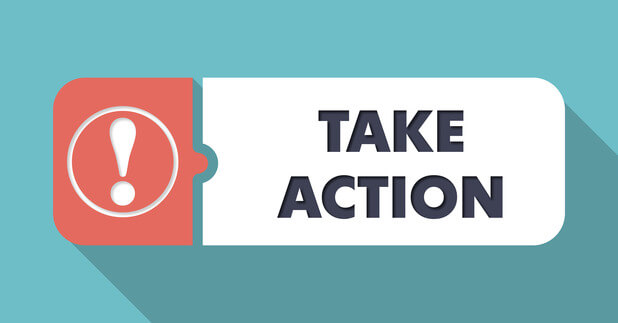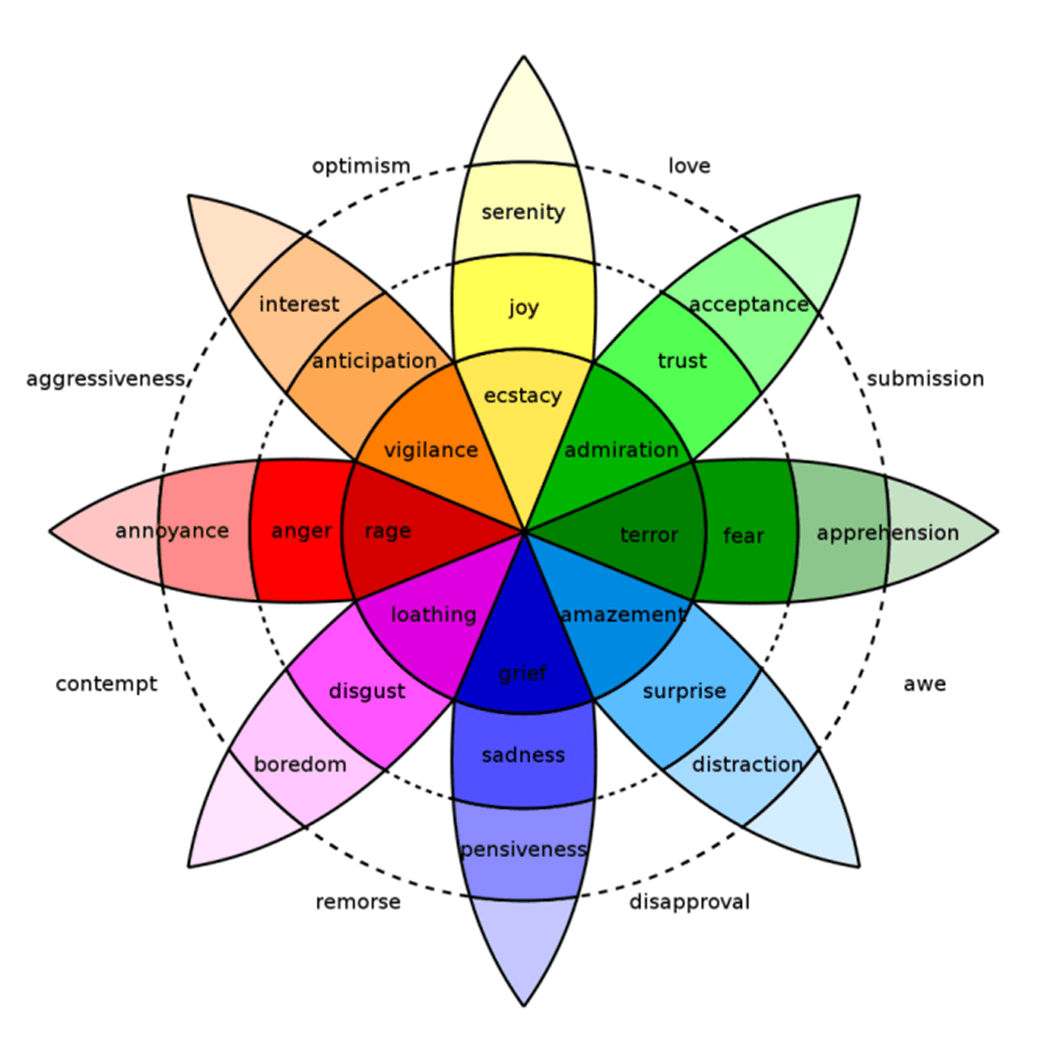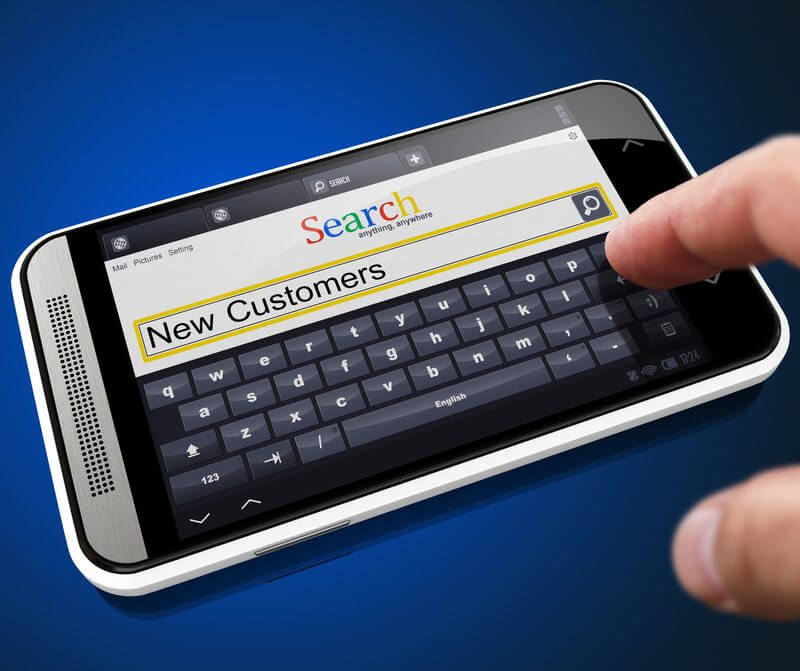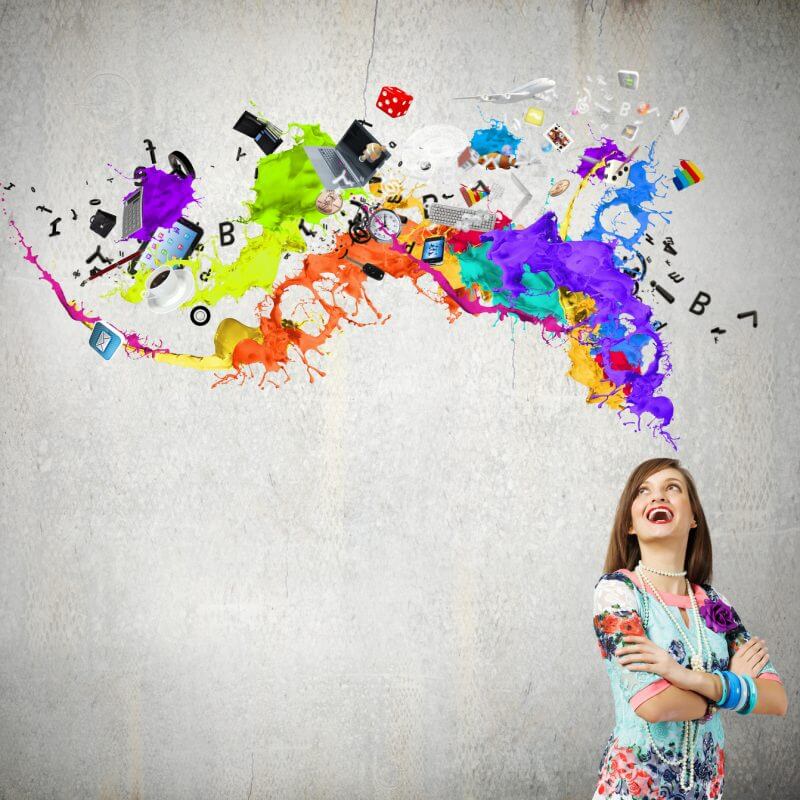Today’s consumers are more experience-driven than ever. According to Craig Elbert, VP of marketing at Bonobos, an e-commerce apparel pioneer, “numbers will usually only tell you what is happening. To get at the why and create action, marketers need to ensure they are spending enough time thinking about customer motivations and emotions.”
Psychologist Robert Plutchik’s psychoevolutionary theory of emotion explains that emotions are not only adaptive, but also play an important role in cognition and behavior. His “wheel of emotions” diagram (pictured above) shows various relationships among emotions. From a marketing perspective, this means consumers purchase products not because of quality, but out of admiration, loyalty, or even envy.
Elbert outlines the following correlations in emotion and consumer behaviors:
- Intrigue and mystery creates curiosity driving exploration and clicks needed in advertising and emails
- Desire and aspiration fuel consideration, important for imagery
- Urgency and fear provoke feelings of missing out, triggering a purchase
- Surprise and laughter drive sharing which feeds word-of-mouth
If you were to ask your customers the following questions, what would they say?
- What are you favorite books, music, and TV shows?
- What do you do in your spare time?
- What are your guilty pleasures?
- What brands do you love?
- What is your fantasy vacation?
- What are your fears and doubts?
- What stresses you out?
- What do you regret?
- What keeps you up at night?
- What is your dream product or service?
By examining your customers from an emotional perspective you can gain insight into what makes them tick. Having this information can allow you to craft messaging that is tailored to their core psychological desires and behaviors.
 What other questions can you think of to uncover your customers’ emotional needs?
What other questions can you think of to uncover your customers’ emotional needs?




